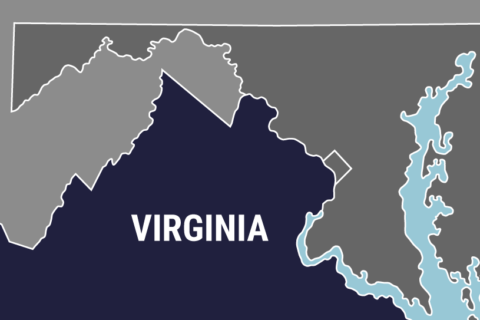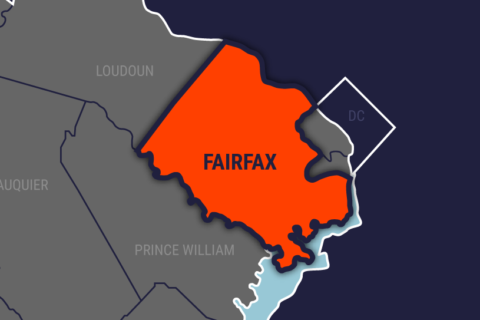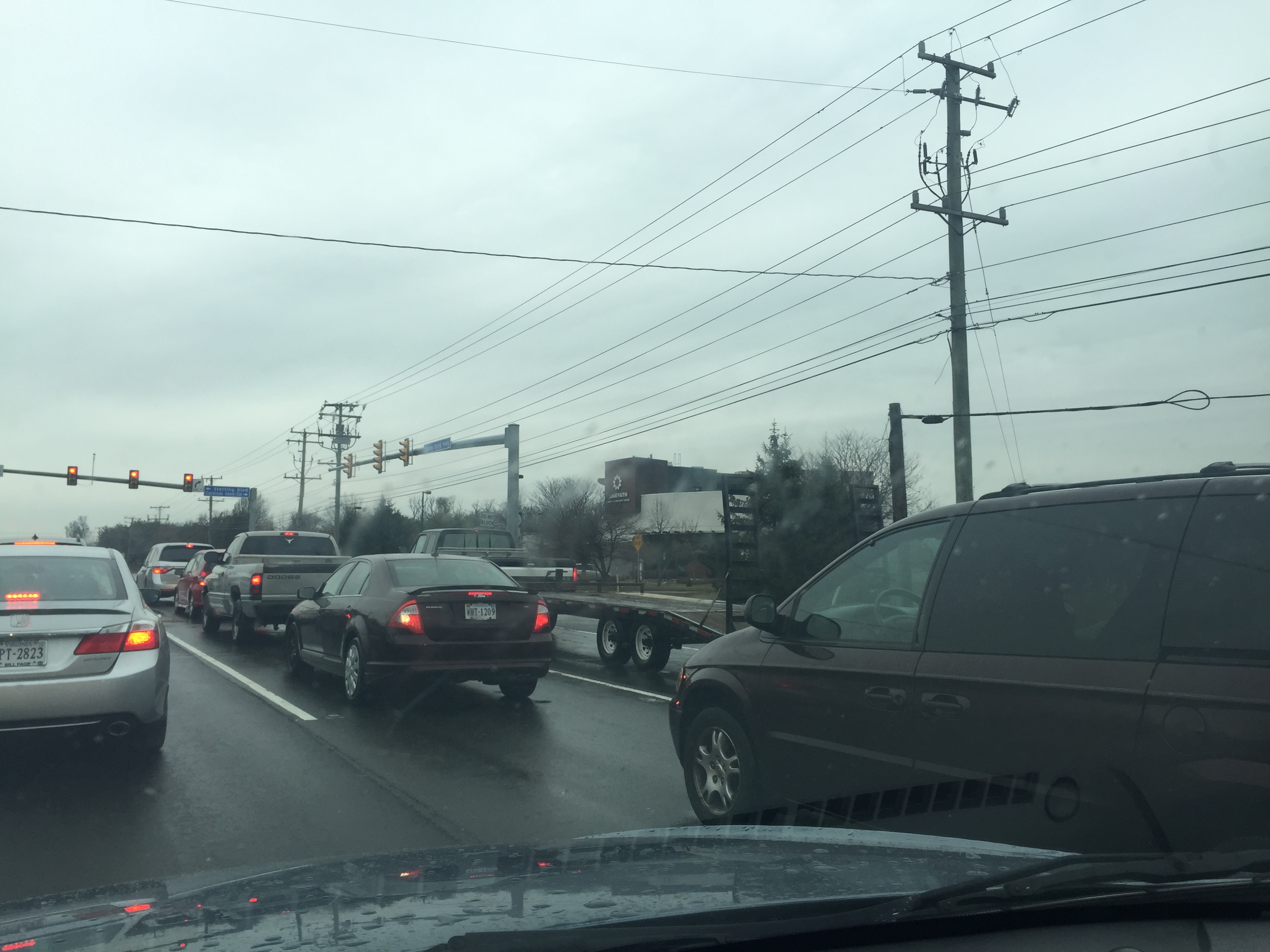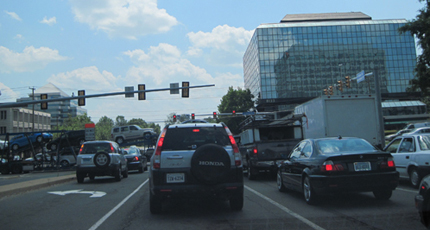WASHINGTON — Fairfax County is hoping new bus service in the short-term, and potential new rail or bus rapid transit in the longer-term, could draw more people away from driving and help keep the region’s notorious traffic from getting exponentially worse.
The county is moving forward with a set of transit plans focused on filling gaps and missing connections, and improving existing services.
“A short term transit development plan, more of a medium transit plan, and then the long-term Countywide Transit Networks Study which really looks to refine the transit modes that would be implemented in our various corridors around the county,” Fairfax County Transportation Director Tom Besiadny explained in an interview.
“Clearly there are limits to how much we can widen roadways, and as we focus more of our growth in activity centers, those connections between the activity centers become much more important,” he says.
The county Department of Transportation has identified several key corridors that could benefit from bus service, including Herndon-Chantilly-Centreville, Springfield-Burke and connections from Fairfax City and George Mason University to Fair Oaks, Centreville and Chantilly.
“In the shorter-term we actually do have plans to upgrade the bus service in the Centreville and Chantilly areas, we have implemented…mid-day service during the week to both Centreville and Chantilly, and the next step that we’ll be looking at is to start implementing some weekend service so that people do have the ability to get in and out of those areas on the weekend via transit, so they won’t have to have a car,” Besiadny says.
At a Board of Supervisors Transportation Committee meeting earlier this month, several supervisors called attention to the importance of regional routes identified in this or other state or county plans.
“What’s happening just after the border…in the case of Huntington to National Harbor, you literally can visually see National Harbor from Huntington, and so the idea that right now it would take you 90 minutes to get from one point to another that you can see, it’s obvious that we need a better regional connection there,” committee Chair Jeff McKay said.
A direct connection would cut travel time closer to 30 minutes.
County staff also hope to have a bus between Tysons and Bethesda, but believe that service would require permission to run on shoulders in Maryland to be effective, and that cannot happen right now.
Transportation Advisory Commission Chair Jeffrey Parnes wants to focus not just on connections to Maryland or D.C., but also to Prince William and Loudoun counties.
“It might be possible to have regional bus service between Chantilly and Centreville between the adjoining communities. Manassas is just south of there, there may be people who live in Manassas and work in Centreville, or people in Loudoun who work in Chantilly, and they really don’t need to go to Vienna, which the only way they can get there is to go to Vienna and then come back to Chantilly, so they drive because they don’t want to go that round-about way,” Parnes said.
The county is also looking at improving connections between the northern and southern parts of Fairfax County so that transit users do not have to ride a bus to Metro, then ride all the way into Rosslyn to change trains only to get on another bus at the other end of the trip.
Other changes include new commuter buses that use the 95 Express Lanes, and future bus service on Interstate 66 in conjunction with the planned rush-hour tolls inside the Beltway and 24/7 toll lanes outside the Beltway.
Improved bus service along Route 1 and Route 7, connections to the second phase of the Silver Line when it opens in a few years, and future circulator service in Merrifield are among other recommendations.
Separate from, but related to, the transit plans, the county is in the middle of updating a $1.4 billion Transportation Priority Plan that covers about 220 projects from highway interchanges to improved pedestrian signals.








